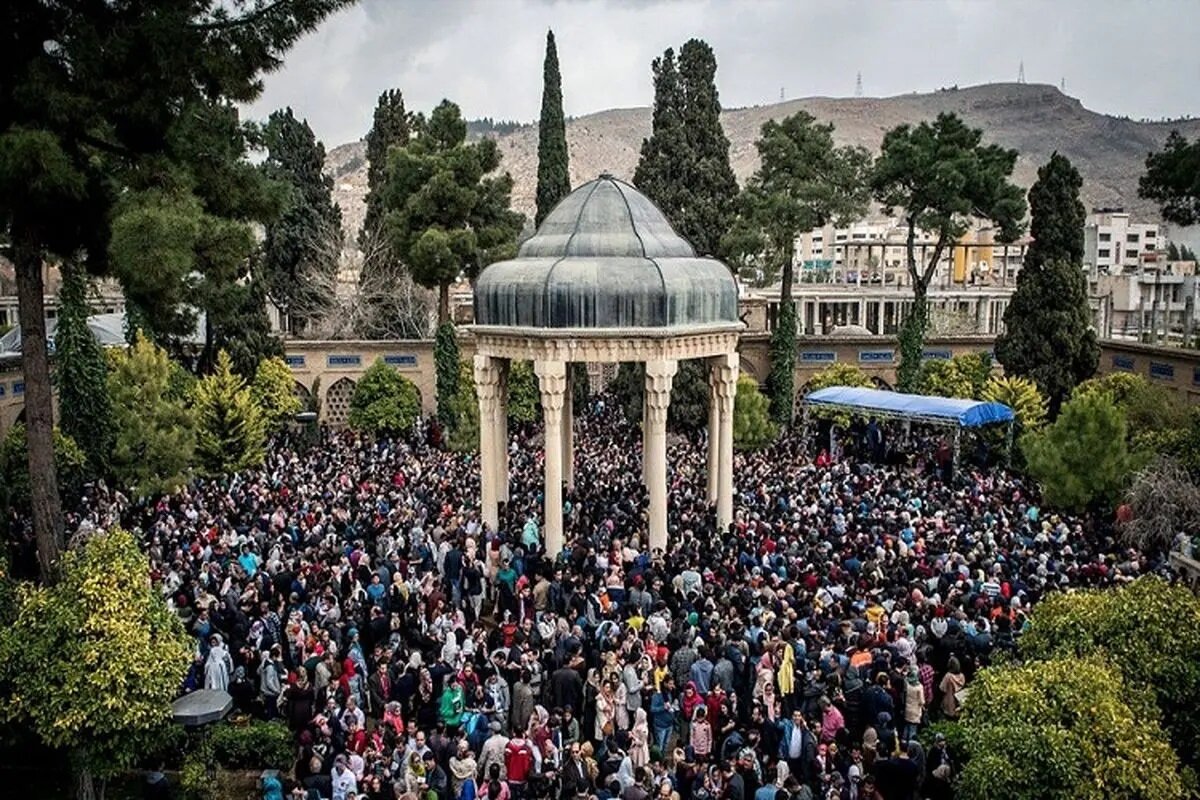Nowruz Holiday Boost: Iran’s Historical Site Visits Surge 28% Year-on-Year!
During the Nowruz holidays, which officially commenced on March 20, visitor numbers to Iran’s cultural heritage sites soared impressively by 28% compared to the previous year. This surge reflects a growing appreciation for Iran’s rich cultural heritage and highlights the importance of domestic tourism in the region.
According to a report from IRNA, a total of 4,440,286 visits were recorded at cultural and historical landmarks during the Nowruz 1404 period, marking a significant increase from approximately 3,197,000 visits in the previous year. The data spans from March 19 to April 2, showcasing a strong interest in Iran’s historical treasures.
April 2, 2025 (13th of Farvardin 1404) stood out as one of the busiest days, with 213,573 visits to various cultural and historical sites across the nation. Key attractions that drew large crowds included:
- Hafezieh: 26,392 visitors
- Persepolis (Takht-e Jamshid): 21,294 visitors
- Sa’dieh: 18,549 visitors
The total visitor numbers during this festive period highlight the popularity of Iran’s esteemed landmarks. Notable sites that garnered the highest visitor counts include:
- Persepolis: 470,767 visitors
- Hafezieh: 464,594 visitors
- Sa’dieh: 305,405 visitors
- Pasargadae: 205,950 visits
- Karim Khan Citadel: 172,239 visits
- Fin Garden in Kashan: 157,927 visits
This remarkable rise in visitor numbers underscores the growing enthusiasm for domestic tourism and the public’s increasing interest in Iran’s profound cultural heritage. The report suggests that more people are seeking to explore and connect with their heritage during this celebratory time.
However, on April 2, coinciding with the annual “Nature Day” (Sizdeh Bedar), several cultural heritage sites featuring green spaces—including Sa’dabad Palace, Niavaran Palace, Golestan Palace, and the National Museum of Iran—were temporarily closed to the public. This precautionary measure aimed to safeguard these historical locations from potential damage during the festivities.
Nowruz, celebrated as one of the holiest days in the ancient Zoroastrian calendar, marks the arrival of spring and is a significant event across Greater Iran. While various countries observe Nowruz in different ways, the celebration promotes peace, prosperity, and unity among communities by honoring diverse cultural identities.
Nowruz is an age-old tradition celebrated annually on March 21 in numerous nations along the Silk Roads. It signifies the New Year, heralds the arrival of spring, and symbolizes nature’s rebirth. The term “Nowruz” combines the Persian words for “new” (no) and “day” (rouz), conveying the essence of new beginnings. This celebration brings together individuals from various religious and cultural backgrounds, emphasizing the spiritual significance of spring as a time for renewal and joy.
These cherished traditions have been preserved and transmitted through generations along the Silk Roads. Nowruz not only allows individuals to revel in age-old customs but also serves as a platform for fostering peace and solidarity within communities.
Over the years, Nowruz has evolved, incorporating various social, religious, and cultural influences. Despite the diverse practices associated with Nowruz across different regions, there are several unifying elements. For instance, many communities engage in ritual dances, such as leaping over fire and streams, prior to the festival. Additionally, households often replenish their water supplies on the last Wednesday of the year to symbolize purity and renewal.
Another widespread tradition is the preparation of a Nowruz table, adorned with items representing purity, brightness, abundance, happiness, and fertility for the New Year. On the day of Nowruz, people gather to feast, visit family and friends, and exchange gifts, reinforcing social bonds and deep-rooted friendships. Furthermore, Nowruz serves as an occasion for cultural activities, blending common practices with local customs, such as poetry recitals, music performances, open-air festivities, and local street shows.
In recognition of its cultural significance, Nowruz was inscribed on UNESCO’s Representative List of the Intangible Cultural Heritage of Humanity in 2009. Subsequently, in 2010, the United Nations General Assembly proclaimed March 21 as International Nowruz Day, further solidifying its importance on a global scale.






